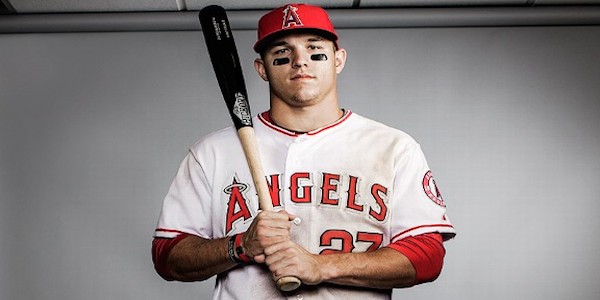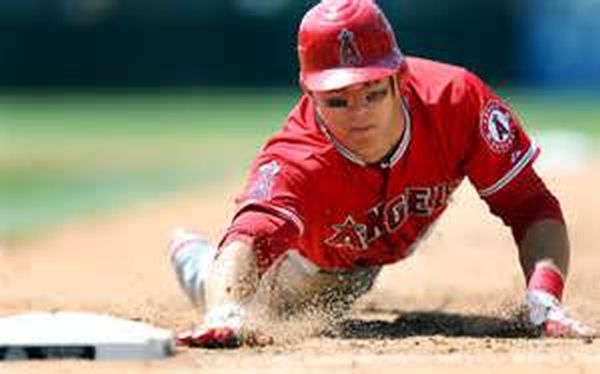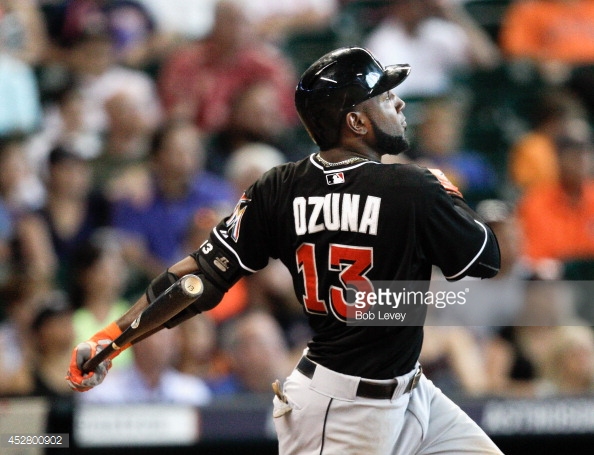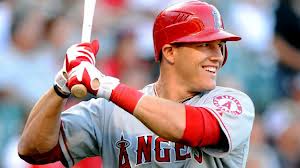The Platoon Advantage: Left Field
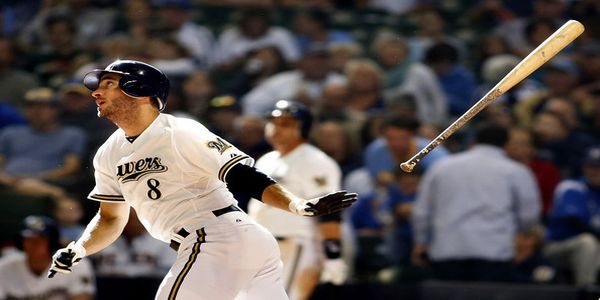
Unfortunately, the rules involving outfielders changes with the platform your league is set up through. Some major websites break them down into their individual outfield positions while others categorize them as generic outfielders. I have broken them up into separate positions because it easier to backtrack from the specific to the general then it is to go from the general to the specific. That being said, your strategy for using platoons will change dramatically depending on what your league does.
If your league is one that uses five outfield slots in general, then using the platoon advantage is very easy to do. In that case, you may just dedicate one bench slot to a guy that mashes against lefties and call it a day. If you are playing in a specific position league you need to be more selective depending on the number of bench slots available to you. For instance, in my Yahoo league, there are 16 regular spots between position players and pitchers. There are nine bench slots. You have to make that work between position players and pitchers, so it might make sense to carry five or six position players on your bench.
Strategy surrounding the bench can make or break you in fantasy baseball. Sometimes you want someone that can be a good injury replacement and sometimes you want someone that can provide you with a particular advantage (like hitting against lefties). Yet, if a key player becomes injured, that lefty killer could kill you if they end up playing every day. So, plan ahead as much as you can.
|
Bats |
TAVR |
TAVL |
DIFF |
|
| Yoenis Cespedes |
R |
.322 |
.323 |
.001 |
| Matt Holliday |
R |
.306 |
.335 |
.029 |
| Josh Willingham |
R |
.307 |
.307 |
.000 |
| Michael Morse |
R |
.292 |
.289 |
.003 |
| Justin Upton |
R |
.285 |
.294 |
.009 |
| Andy Dirks |
L |
.289 |
.282 |
.007 |
| Ryan Ludwick |
R |
.274 |
.284 |
.010 |
| Alfonso Soriano |
R |
.270 |
.279 |
.009 |
Again, remember that this doesn’t mean Cespedes is the best left fielder on the board. It just means he is the best of those that are balanced on both sides of the plate. We will get to the curious case that is Mike Trout in a minute. That being said, the guys in the top three are more interesting because of where most fans percieve them. For my money, Matt Holliday is a top five or six outfielder overall, but most rating systems don’t put him there. This is largely because he does not steal bases and he does not hit 30+ home runs a season.
Similarly, Josh Willingham is another guy that gets undervalued because he does not offer you tremendous speed or great batting average numbers. People can become slaves to single categories. When you are drafting early in the draft you want players that help you in as many categories as possible. Both of those players help you with all of your power numbers (HRs, runs, RBI, and SLG/EBH in leagues that use them). In those cases they are actually superior to Justin Upton, but because Upton offers steals he often gets overvalued.
The player that intrigues me the most on the board is Andy Dirks. Dirks provides you with a unique platoon player because he hits well against both lefties and righties. Dirks is going undrafted in most drafts, so he could be a solid 24th or 25th round selection in your draft because he could be the guy you sub in for that one outfielder that struggles against lefties or righties. Dirks does enough against both to keep you afloat. Should he get 500 at bats, he could put up some sneaky good numbers in that Detroit lineup.
|
Bats |
TAVR |
TAVL |
DIFF |
|
| Mike Trout |
R |
.361 |
.313 |
.048 |
| Carlos Gonzalez |
L |
.309 |
.254 |
.055 |
| Bryce Harper |
L |
.309 |
.255 |
.054 |
| Matt Joyce |
L |
.303 |
.237 |
.066 |
| David Murphy |
L |
.298 |
.251 |
.047 |
| Seth Smith |
L |
.297 |
.204 |
.093 |
| Jason Kubel |
L |
.295 |
.257 |
.038 |
| Carl Crawford |
L |
.290 |
.247 |
.043 |
In the the most general sense of the word, Trout is a specialist against righties, but how many guys have a .313 total average from either side of the plate? In that sense, he is unique to this discussion and as the likely number one overall pick in your draft, he is irrelevant to most players in your league. The rest of the guys on the list are perfect platoon candidates. They are all below average against lefties, but since they will face righties 80 percent of the time you will likely see them drafted anyway. This is where a Andy Dirks would fit in well as a fourth or fifth outfielder (or sixth outfielder in five outfielder leagues).
In my mind, Carlos Gonzalez is the same as Justin Upton. People draft them super high based on expectations. As Bum Phillips once said, “potential means they ain’t done nothin yet.” In the case of those two, they’ve done it once and not done it three or four times. So, you have to question which is more likely to happen in 2013. Bryce Harper is a similar player in terms of expectations, but at least it makes sense for him to improve since he is going into year two.
If you draft Seth Smith or Matt Joyce you should definitely have a backup plan because both the Rays and the Athletics love to use the platoon advantage themselves. When the Rays call up Wil Myers they will be able to utilize more platoons in their outfield. Both Smith and Joyce will likely sit against lefties, so having a Dirks or one of the players in the next table makes that much more sense.
|
Bats |
TAVR |
TAVL |
DIFF |
|
| Ryan Braun |
R |
.313 |
.372 |
.059 |
| Dayan Viciedo |
R |
.226 |
.373 |
.147 |
| Jonny Gomes |
R |
.259 |
.336 |
.077 |
| Carlos Quentin |
R |
.296 |
.329 |
.033 |
| Melky Cabrera |
B |
.286 |
.324 |
.038 |
| John Mayberry |
R |
.244 |
.309 |
.065 |
Ryan Braun is Mike Trout in reverse. Based on the total averages alone some (including our very own thefantasyfix.com draft guide) suggest taking Braun before Trout. I’m not one of those people, but Braun should definitely be the second outfielder taken overall. If we put him aside we will notice that this table has plenty of guys that could be utilized in a platoon. In particular, Dayan Viciedo and Jonny Gomes might not be drafted in some leagues. Like Dirks, they could be a mid twenties selection at the end of your draft. Both should be regulars but you should limit their exposure against right handed pitchers. John Mayberry is not as good an option because his playing time will likely be limited, but Charlie Manuel will try to get him against lefties if he is paying any attention.
Carlos Quentin and Melky Cabrera will play regularly and are good enough against right handers to keep in the lineup on a regular basis. Should their production continue as it has (and if you play in 6×6 leagues), they are also better overall draft prospects than the Justin Uptons and Carlos Gonzalezs of the world. Both offer good OBP and solid power while Cabrera offers some speed to go along with it.


